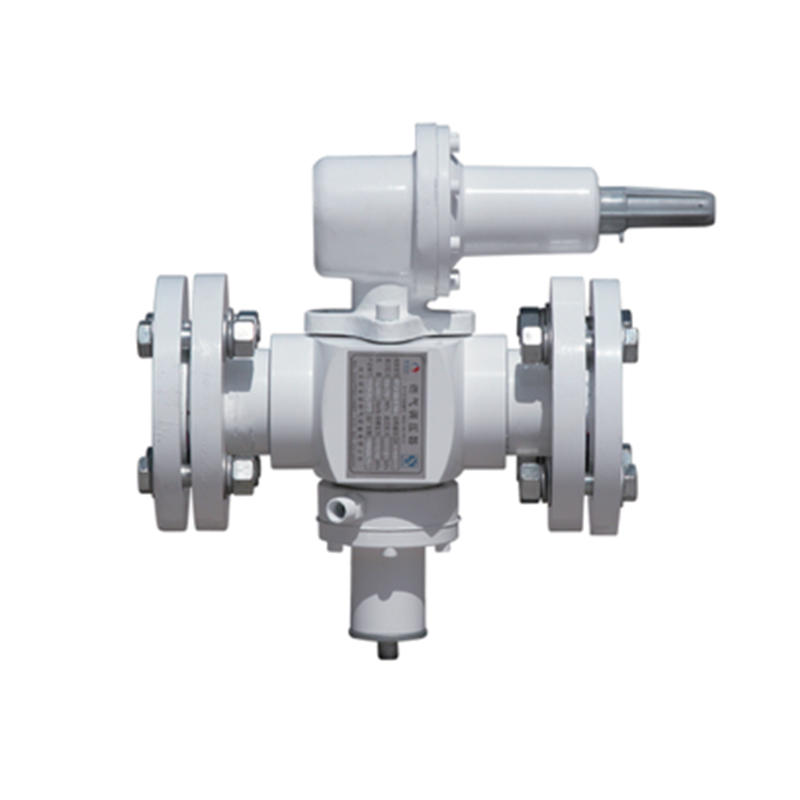
Sep . 23, 2024 18:37
Back to list
Gas Separation and Filtration Solutions for Efficient Processing
Understanding Gas Filter Separators Key Components and Functionality
In various industrial applications, particularly in oil and gas production, the need for effective separation processes is paramount. Among the equipment designed for this purpose, gas filter separators stand out as crucial machines that ensure the efficiency and integrity of operational systems. This article delves into the functionality, components, and importance of gas filter separators in industrial settings.
What is a Gas Filter Separator?
A gas filter separator is a mechanical device used primarily to separate gas from liquid impurities and to filter solid particulates from the gaseous stream. These separators play a vital role in maintaining the quality of gas by removing contaminants such as water, hydrocarbons, dust, and other solid particles. This not only enhances product purity but also protects downstream equipment from damage and wear due to contaminants.
Key Components of a Gas Filter Separator
1. Inlet Section The process begins at the inlet section where the mixed phase of gas, liquid, and solid enters the separator. This is where the initial demisting takes place, leading to preliminary separation.
2. Filter Elements The heart of the separator is its filter elements. These components are designed to trap solid particulates and facilitate the coalescence of liquid droplets. Filter materials can vary widely, often utilizing fabrics or metals that suit specific separation requirements.
3. Separator Vessel The main body of the separator, known as the separator vessel, houses the filtering and separation process. It is engineered to handle the specific pressure and temperature conditions of the application. The internal structure may include baffles or cyclone designs to optimize separation efficiency.
4. Outlet Section After separation, the purified gas exits through the outlet section, while the separated liquids accumulate at the bottom of the vessel. These liquids can then be drained off for further processing or disposal.
gas filter separator

5. Automatic Controls Modern gas filter separators are equipped with advanced monitoring and control systems that enhance operational efficiency. These systems can automatically adjust parameters such as pressure and flow rates based on real-time data, ensuring optimal performance.
Importance of Gas Filter Separators
The significance of gas filter separators cannot be overstated. In the oil and gas industry, they serve multiple roles that ultimately lead to economic and operational benefits
- Quality Assurance By removing contaminants, these separators ensure the delivery of higher quality gas products. This is vital for meeting regulatory standards and customer expectations.
- Equipment Protection Contaminants can significantly reduce the lifespan of pipelines and other processing equipment. Gas filter separators help in minimizing corrosion and wear, leading to reduced maintenance costs.
- Efficiency Improvement A cleaner gas stream allows for more efficient combustion and energy production processes. This can lead to increased throughput and lower operational costs.
- Environmental Compliance By ensuring that only clean gas is released into the atmosphere, gas filter separators contribute to reducing the environmental impact of industrial operations.
Conclusion
Gas filter separators are indispensable in the industrial landscape, particularly within the oil and gas sector. Their ability to efficiently separate gas from liquid and solid impurities plays a vital role in ensuring product quality, protecting equipment, and enhancing operational efficiency. As technology advances, the design and functionality of these separators continue to evolve, promising even greater efficiency and reliability in the future. Understanding the critical role that gas filter separators play in industrial processes is essential for professionals in the field, ensuring that operations remain smooth and environmentally responsible.
Latest news
-
Safety Valve Spring-Loaded Design Overpressure ProtectionNewsJul.25,2025
-
Precision Voltage Regulator AC5 Accuracy Grade PerformanceNewsJul.25,2025
-
Natural Gas Pressure Regulating Skid Industrial Pipeline ApplicationsNewsJul.25,2025
-
Natural Gas Filter Stainless Steel Mesh Element DesignNewsJul.25,2025
-
Gas Pressure Regulator Valve Direct-Acting Spring-Loaded DesignNewsJul.25,2025
-
Decompression Equipment Multi-Stage Heat Exchange System DesignNewsJul.25,2025

